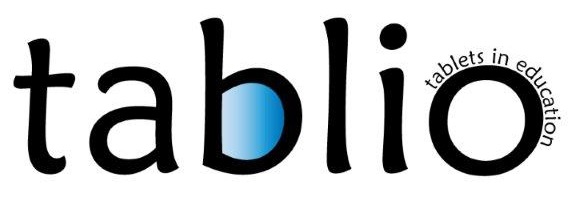Didactic “games” through Kahoot!

The interviewee teaches in an early secondary school (11-13 years) in the city centre of Palermo, next to many disadvantaged areas of the city. Thus, most of the students do not have the support of their families in their educational path because of different reasons: cultural background, socio- economic issues, job related commitments, etc.
Unfortunately, the ICT equipment of the school (which has 10 classes) is not adequate for the number of students: only 8 tablets and a wick Wi-Fi connection.
Notwithstanding these difficulties, the interviewed teacher is trying to use tablets for differentiation strategies and to increase students’ motivation towards learning.
The tablet is used to involve students who cannot buy text books and who are not motivated in participating to didactic activities.
The main activities performed through tablets are: researches in class, realisation of videos, didactic “games” in class.
Videos are usually developed by students who are divided in groups, to analyse and study a topic. This technique is based on the “flipped classroom” methodology. Thus, students are the main actors of the lesson and through the videos they are sharing what they have learnt with the others.
The main app used to do the exercises is Kahoot! (http://kahoot.com), a platform where it is possible to create or use already existing didactic “games”.
It allows the students to learn while playing and being more interactive and active in the learning process.
The app has proven effective not only in increasing motivation and interest in learning, but also in increasing students’ learning success.
The exercises are done in group. Students take part to a challenge among teams. The challenge allows students to exchange opinions and students with less competences on the subject or with difficulties in learning feel less intimidated in asking further clarifications or in making mistakes.
The use of these didactic “games” is helping the teacher in promoting the inclusion of each student. When using the tablet, students with special needs, learning disabilities and difficulties in understanding a topic find it easier to learn, while they are not able to completely follow a traditional lesson (namely, the teacher explaining a topic and the students listening at it).
Thus, the main student-characteristics addressed through the use of Kahoot! are motivation and ability to work in group, collaborate among each other.
Kahoot! can be used also as a tool to evaluate how much the students have achieved their learning goals without using only the traditional methods. This allows students with learning disabilities to feel more included in the class and less different form fellow students.
The interviewee would like to use the tablet on a more regular way in the future starting from the success obtained through the use of this app.
